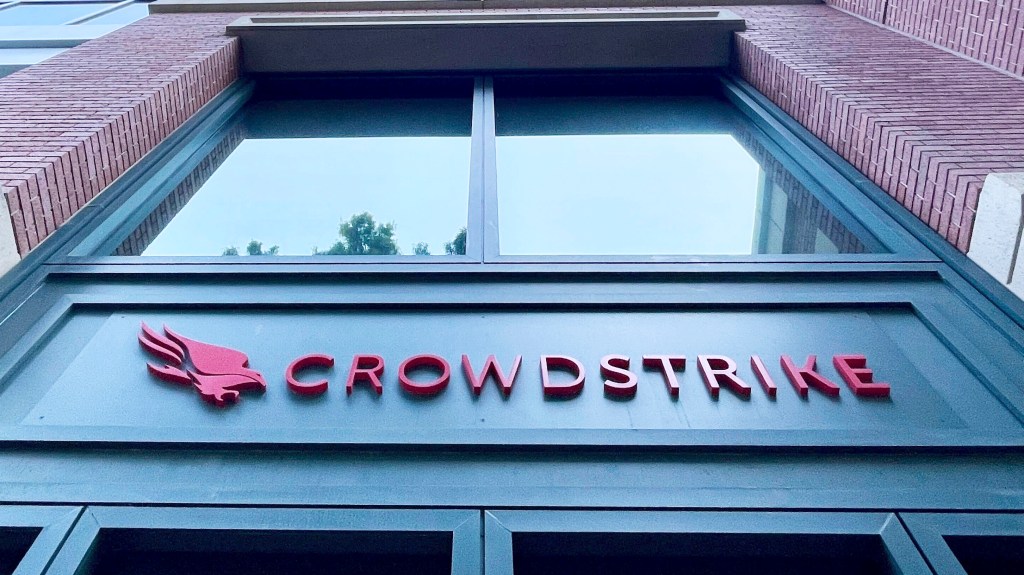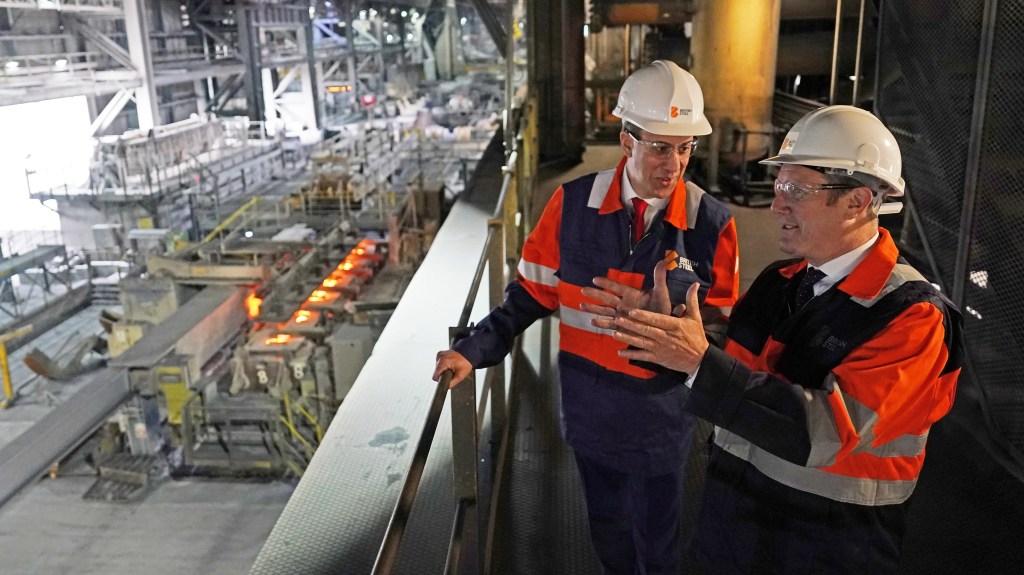Tax Increases and Economic Growth: A Complex Relationship
When discussing taxation, it often begins with a notable quote. One such quote is from John Maynard Keynes, dating back to 1944: “The avoidance of taxes is the only intellectual pursuit that still carries any reward.”
In his recent address in the Downing Street garden, Sir Keir Starmer strongly suggested that tax hikes are on the horizon for the budget set to be unveiled on October 30. He indicated these increases will be “painful”, emphasizing that those who can afford it the most will face the greatest burden.
This sentiment mirrors language previously used by the Conservative Party, particularly regarding the tightening of regulations for non-domiciled individuals. Meanwhile, the prospect of a burgeoning tax avoidance sector seems likely in response to these anticipated changes.
However, implementing tax increases is particularly challenging when significant taxes—such as income tax, VAT, national insurance, and corporation tax—are explicitly off the table. Additionally, the government has pledged not to raise taxes on the “working people.”
Despite the likelihood of manifesto promises being broken, it would be unexpected for the government to retract its commitment against increasing the primary tax rates.
The commitment to refrain from raising taxes on working individuals complicates matters further, as Labour has inherited a Conservative policy that has frozen income tax and NI allowances until 2028, essentially creating a prolonged stealth tax on earners.
What potential new taxes could be on the table? Labour has consistently left open the possibility of increasing the capital gains tax (CGT). Currently, this tax is projected to contribute approximately £15 billion to government revenue this year, according to the Office for Budget Responsibility (OBR).
However, it seems unlikely that CGT hikes will bring substantial returns. The tax exists at different rates for basic and higher-rate taxpayers, and even significant increases would yield relatively modest additional revenue in public finance terms.
Another avenue for the Chancellor to explore could be pension tax relief. A recent report from the Fabian Society suggests replacing the current tiered system—which favors higher earners—with a more uniform flat-rate relief. Combined with additional adjustments, this could potentially generate over £10 billion annually.
Renewed discussions regarding national insurance may be warranted, especially since ministers have primarily focused on employees’ NI when dismissing the idea of increases. This could suggest the potential for raising employers’ NI, which has historically raised concerns as a “tax on jobs.”
Alternatively, the Chancellor might consider adjustments to NI contributions above the upper earnings limit, which could impact higher earners significantly.
There is also the question of fuel duty, which has remained unchanged since 2011, largely due to political pushback from motorists. Chancellor Rachel Reeves could begin by reversing the recent temporary cut in fuel duty, then potentially reintroducing indexation.
Additionally, the Chancellor could require the Bank of England to modify the interest payments made to banks on their reserves, effectively creating a backdoor tax on financial institutions.
Many of these proposed modifications may only complicate an already intricate taxation system while imposing various financial burdens. Previous instances, such as George Osborne’s straightforward increase of VAT, showcased the merit of simpler tax policies.
It is essential to investigate how we have reached a point where tax increases are now being discussed shortly after the last administration reduced employee NI contributions, which contributed to the current pressures on public finances.
A primary driver of the need for tax increases is the significantly elevated public spending levels. While the overall tax burden is noted to be the highest since the late 1940s, public spending has also reached historic levels.
Before the Covid pandemic, public spending was about 39.6 percent of GDP. Projections for this year suggest it will rise to 44 percent, surpassing the previous peacetime record observed during the pandemic. Although estimates indicate it could stabilize around 42.5 percent in the late 2020s, many experts, including the OBR, consider these projections overly optimistic.
In contrast, tax revenue is also predicted to increase, potentially reaching 37.4 percent of GDP, heavily influenced by Labour’s commitments outlined in their manifesto.
As discussions of further tax hikes loom, there are growing concerns about how these measures may stifle economic growth. Instead of solely seeking revenue from existing sources, a shift towards reforming taxes to promote growth should be prioritized to ensure sustainable economic progress.
Finally, to address inquiries surrounding the chronic trade deficits, it is crucial to consider the current account, which indicates the net balance of payments. The UK recorded a trade deficit of £33.4 billion last year, with a wider current account deficit of £88.5 billion driven by outflows to foreign investors.
Despite the necessary balancing act within the balance of payments, the UK’s international investment position remains significantly negative. To attract the needed capital inflows, a combination of currency depreciation and higher long-term interest rates may be required. The UK’s government bonds currently yield the highest rates in the G7.
Long-standing trade and current account deficits may lack immediate dramatic consequences, but they carry longer-term repercussions.




Post Comment